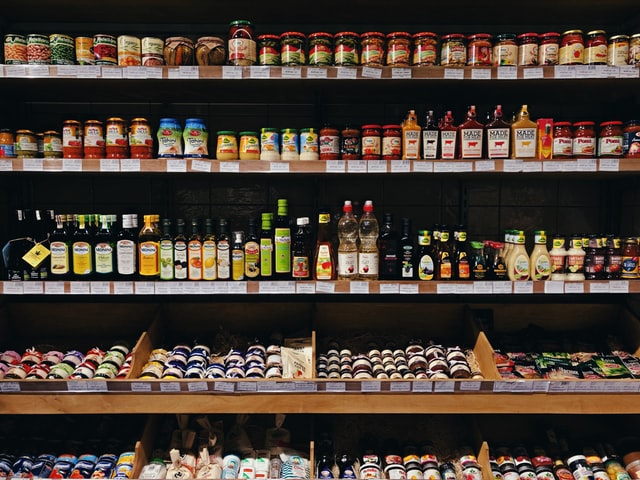Your COGS, or cost of goods sold, is one of the most important performance metrics to monitor when you’re in the food business. Simply put, it’s how much money you’re spending to produce your food items. This can affect everything from your inventory to your profit margins to your revenue, so it really isn’t something to ignore if you’re looking to maintain or even grow your business.
Fortunately, it’s not too difficult to calculate and keep an eye on your food business’ COGS. All you need is some basic information about your inventory and the right formula to plug it into. Let’s take a closer look at what a food business’ COGS entail, and how you can go about crunching those numbers for yourself.
What is COGS, or Cost of Goods Sold?
For a food business, your COGS is the total cost of all the raw materials that go into producing your products over a given time period. This includes all the ingredients you use, plus any waste. The waste may not have made it into the products, but that really doesn’t matter here. You did pay for it, after all.
Now, in the food business, you may notice significant fluctuations in your COGS from one time period to another, even if you haven’t made any changes to your product. This is largely because the prices of ingredients can vary considerably over time, so it’s perfectly normal.
How Does Calculating COGS Help My Food Business?
It’s always good to keep an eye on your financial situation in any type of business, including the food industry. By calculating your COGS on a regular basis, you can identify patterns and trends in your costs that may allow you to save some money.
For example, let’s say that your COGS tell you that you’ve been spending a ton of money on a particular product, even with the fluctuations in price. You can choose to compensate for that by increasing the price of the product or maybe making some changes to your raw materials.
How Do You Calculate COGS for a Food Business?
To calculate your COGS, you need three different pieces of information for a given time period:
- Beginning Inventory, or the value of the inventory you have on hand at the beginning of a time period
- Purchased Inventory, or the value of the inventory you’ve purchased for the current time period
- Ending Inventory, or the value of any leftover inventory at the end of the time period
Once you’ve collected this information, simply plug it into the formula below to calculate your food business’ COGS.
COGS Formula: (Beginning Inventory + Purchased Inventory) – Ending Inventory
If you don’t feel like whipping out your calculator yourself, you can always try a free online COGS calculating tool like the one here.
COGS is often expressed as a percentage. So, once you’ve done the above calculation, you use the following formula to find your percentage:
(COGS/Food Sales) x 100
This percentage essentially tells you how much of your sales were spent on food and supplies. The lower the number the better, as it means you’re spending less than you’re making.
Is your COGS number higher than you’d like it to be? Contact the greater goods today to see how we can help!
